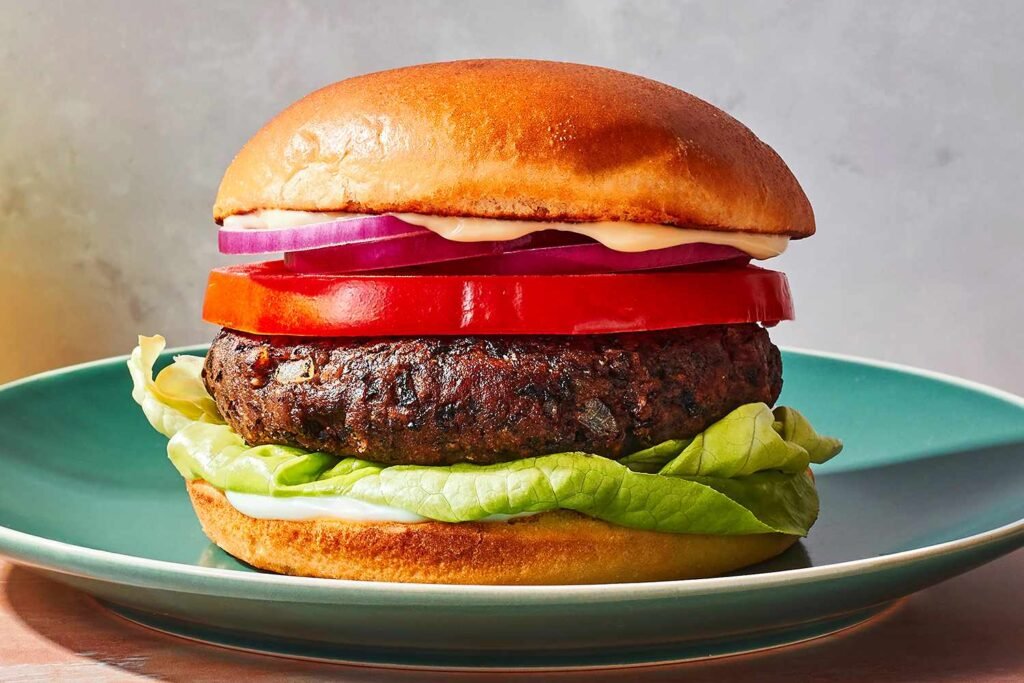So, you have decided to become vegan. Amazing! But where to start? Transitioning to a vegan lifestyle can seem overwhelming, but with the right guidance and a step-by-step approach, it can be a smooth and rewarding process. Some people will find it easy to make the transition overnight. If you are one of those people, we salute you. For everyone else, just know that you are not alone and this plan is for you. This week-by-week transition timeline is designed to support you in gradually incorporating more plants into your diet while reducing your reliance on animal products. Whether you’re starting with a specific dietary need in mind, such as improving your health, or simply want to make a positive impact on the planet and animal welfare, this timeline can be tailored to your personal preferences and goals.
Week 1: Start with What You Know
- Take inventory of your current diet and identify plant-based meals you already enjoy.
- Swap dairy milk for plant-based alternatives (almond, oat, soy, etc.). This is a nice easy low-hanging fruit to get you started, as most people will find at least one type that they like, and may already be partial to an oat latte.
- Experiment with plant-based protein sources like lentils, beans, tempeh and tofu.
- Download and use the free Happy Cow app to find vegan-friendly restaurants and grocery stores in your area. Available on Android and iOS.
Week 2: Make Simple Swaps
- Replace butter with plant-based alternatives like coconut oil or vegan margarine.
- Try plant-based meat alternatives in familiar dishes like pasta or stir-fries.
- Experiment with dairy-free cheese and yogurt alternatives. A lot of people wanting to go vegan find the thought of giving up cheese harder than the thought of giving up meet, but dairy-free cheese has come a long way in recent years. You will be surprised.
- Begin reading food labels to identify hidden animal ingredients. Most will be written in bold, but watch out for those sneaky ingredients like gelatine in candy, for example.
Week 3: Address Nutritional Needs
- Research essential nutrients like B12, iron, omega-3s, and calcium in a vegan diet.
- Consider taking a B12 supplement or fortified foods.
- Learn about plant-based sources of protein, such as tempeh, quinoa, and chickpeas.
- Ensure you are eating a variety of foods.
Week 4: Focus on Whole Foods

- Incorporate more whole grains, legumes, nuts, and seeds into your meals.
- Reduce reliance on processed vegan foods and focus on home-cooked meals.
- Try meal prepping to ensure you always have plant-based options available.
- Learn a bit about how to balance macronutrients (proteins, carbs, and fats) in a vegan diet.
Notes: This week is really up to personal preference. Eating a whole foods, balanced diet will be important for some more than others. There are some amazing processed vegan products out there and we recommend giving them all a go at some point. It can help in the transition period to realise just how many vegan products are available these days, and so you won’t be missing out on anything. Just bare in mind that these products can be quite expensive, and just like their non-vegan counterparts, are not the healthiest option.
Week 4: Veganize Your Favorite Meals

- Find plant-based versions of your go-to dishes (e.g., vegan pizza, burgers, and desserts).
- Explore different cooking methods, such as roasting vegetables or making dairy-free sauces.
- Start following vegan food blogs, cookbooks, and social media accounts for inspiration.
- Experiment with plant-based baking (flax eggs, aquafaba, etc.). You will be amazed how many non-vegan recipes can be made vegan simply by using dairy-free milk and swapping eggs for a bit of flaxseed and some water. Magic!
Week 6: Navigate Social Situations
- Learn how to order vegan options when dining out. At least in the UK, you will find that almost every menu has at least 1 good vegan option. I live in Spain, and this is unfortunately not the case (yet), but you will find that most service staff are very helpful and creative in providing good options.
- Prepare for family gatherings by informing them of your lifestyle change in advance, and if necessary, bring your own plant-based dishes.
- Practice explaining your vegan choice in a positive, non-confrontational way. Watch Earthling Ed on YouTube, or read his books. He is amazing at this.
- Discover online vegan communities for support and recipe sharing.
Week 7: Transition Household and Lifestyle Products
- Look into vegan-friendly personal care and household products.
- Switch to cruelty-free cosmetics, skincare, and cleaning supplies.
- Explore ethical fashion and sustainable clothing brands.
- Reduce plastic waste and embrace an eco-conscious lifestyle.
Week 8: Commit to Long-Term Success
- Reflect on how your body feels and the impact of your choices.
- Continue exploring new vegan foods and cooking techniques.
- Stay informed on animal rights, environmental issues, and vegan advocacy.
- Celebrate your journey and inspire others to consider plant-based living!
Conclusion
Don’t feel like you have to make the change completely in one go. For many, that method will work. They will make the connection that the choices they have been making contribute to animal suffering and exploitation, and it will be like a light switch goes off in their head, making it impossible for them to continue consuming animal products. But for many others, they will have to work at it – and that is ok! Follow this plan one step at a time, and take the time to reflect on the progress you are making. Make sure to celebrate when you get to the end of the 8 weeks, and keep going!

